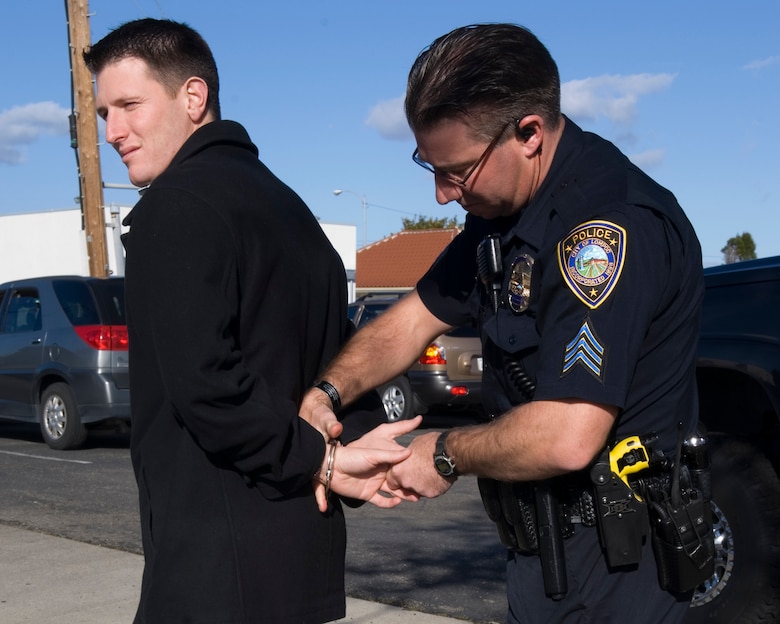Real Property Settlements Can Be Simpler With A Real Estate Attorney
Furthermore, that although it is possible to correlate specific blood alcohol levels to driving impairment it is "not particular" that such connection can ever be developed for drugs that "are now of issue to highway safety." In contrast to alcohol, the analysis of drug concentrations in biological fluids, specifically with regard to behavioral effect, needs some understanding about the dosage, the rout of administration, the pattern or frequency of substance abuse, and the dispositional kinetics (absorption/distribution/metabolism/ excretion) of the drug. Analyzing the significance of either drug/metabolite concentration in a single biological specimen with referral to impaired chauffeur efficiency is therefore an extremely uphill struggle for a scientist and a lot more challenging for a prosecutor.
The variables involved create an adequately terrific series of possible interpretations to render any particular analysis doubtful, aside from to conclude the individual used a specific drug in the immediate past (days). These complicated communicating pharmacokinetic/pharmacodynamic relationships have actually prevented the facility of specific levels of drug concentrations, which might be analyzed as "per se" evidence of impairment. However, it remains really tempting in OUID prosecutions to look for a drug level or number that in some way imitate's the legal limits connected with alcohol cases.
From this viewpoint, it would appear that a drug's healing level would be an excellent alternative. After all, if a drug is not healing then it should be something else. The argument is that this "something else" is intoxication. Said in a different way, according to this appealing but errouneous argument; if the drug level found in the motorist's blood is above the healing variety this suggests the level found was intoxicating. Nevertheless, trying to substitute a drug's restorative level with a legal limitation is both clinically and lawfully careless. According to Winek's, the resource extensively considered the most authoritative on this topic, the phrase "therapeutic" blood level is referred to as: That concentration of a drug and/or its active metabolite(s) present in the blood (serum or plasma) following therapeutically efficient dosage in people.
It can be concluded from this definition that "restorative level" is certainly not synonymous with "intoxication." In reality, the word "intoxication" does not even appear in this or any other authoritative definition of the term. In understanding this problem, it is also helpful to the significant restrictions to the worths reported in Winek's: We have actually collected the data in the table from the literature and from individual experience. The worths are not considered outright, but are to be utilized as a guide in evaluating an offered case. The values can be impacted by dosage, path of administration, absorption differences, age and sex, tolerance, approach of analysis, pathological or illness state, postmortem redistribution, and so on
. Essentially, the court ordered dui classes online therapeutic level is that concentration of a drug which produces adequate effectiveness without unnecessary side effects. The numeric value for any healing level will vary from patient to client, and will depend upon several aspects. In taking a look at drug levels and the idea of legal limits it is necessary to think about that there are numerous aspects of significance all of which can affect a drugs influence on function, including the dosage taken, time considering that last consumption, presence of other drugs (including alcohol), and the history of substance abuse.
Since of these many elements it is difficult to objectively correlate levels of drugs with degree of impairment. Any connection is for that reason highly subjective. When dealing with OWI cases based on the theory of OUID it is suggested that counsel should file a movement in limine to limit or leave out skilled testament relative to the therapeutic level or value of the drug in concern.

The goal of such movement is to acquire an order restricting an expert's capability to suggest that intoxication can be concluded from a drug's blood level or from the truth that the drug is above some released value. Allowing a professional to affirm about intoxication in the context of restorative value is tantamount to enabling statement that a specific drug is over a recognized legal limit. Such statement would never ever satisfy the Daubert standard, or that of MRE 702. Such testimony is likewise far more prejudicial than probative. In reality, such testament is not probative at all. Accordingly such statement ought to be strictly prevented as such testimony stands versus the clinical literature and the laws and rules of evidence in Michigan.
